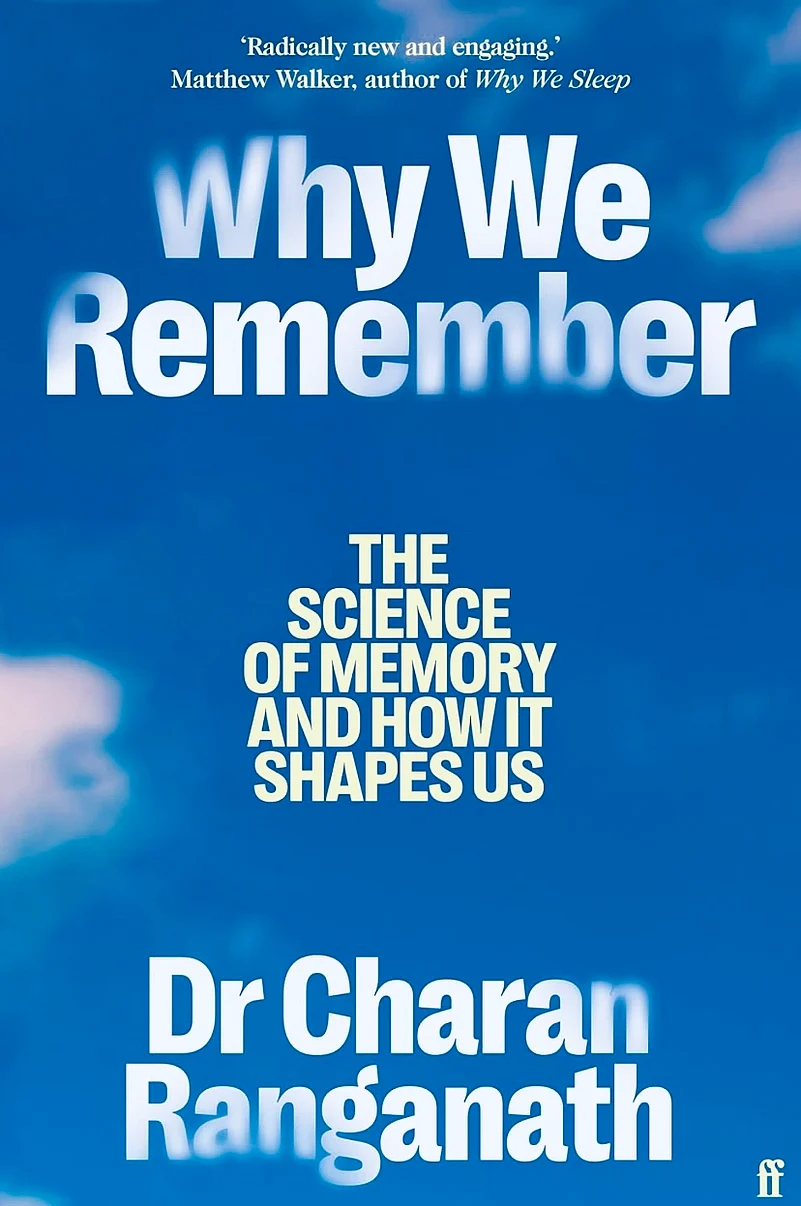Attention and intention
How Do We Make Memories Stand Out In Our Cluttered Minds?
An excerpt from 'Why We Remember' by Dr Charan Ranganath

Let’s imagine an everyday scenario. You come home from work, checking email on your phone as you put your key in the lock and open the front door. As you step inside, your exuberant, poorly trained, recently adopted rescue dog jumps all over you, leaving you wet with dog slobber. You hear loud music pumping from your daughter’s room and a horribly catchy eighties synthesizer-heavy pop nugget burrows into your brain. You wearily walk into the kitchen, where a rancid odor lets you know you forgot to take out the trash the night before. Then, a twinge of pain reminds you that you need to ice that ankle you sprained a few weeks ago.
Now, without looking back, try to recall where you left those keys. If you remember leaving them in the lock, that’s great, but if you have trouble remembering that, you’re not alone. You were probably distracted by a lot of other stuff. When we face an onslaught of information, our memory for an event becomes cluttered. What’s worse, when we try to remember where we last put our keys, we are sifting through memories of all the previous places we put our keys, and all the various circumstances in which we did it, whether it was last night, last week, or last year. That’s a lot of interference. And that is why the things we lose track of so often—keys, phone, glasses, wallet, even our cars—are also the things we use frequently. Given all that competition, how do we ever manage to remember these things?
Think of memory like a desk cluttered with crumpled-up scraps of paper. If you’d scribbled your online banking password on one of those scraps of paper, it will take a good deal of effort and luck to find it. This is not unlike the challenge of remembering. If we have experiences that are, more or less, the same—like the meaningless trigrams Ebbinghaus struggled to memorize—it becomes exponentially harder to find the right memory when we need it. But if your password is written on a hot-pink Post-it note, it will stand out among all the other notes on your desk and you can find it pretty easily. Memory works the same way. The experiences that are the most distinctive are the easiest to remember because they stand out relative to everything else.
So how do we make memories that stand out in our cluttered minds? The answer: attention and intention. Attention is our brain’s way of prioritizing what we are seeing, hearing, and thinking about. At any given moment, we could be paying attention to a multitude of things going on around us. All too often, our attention is grabbed by what is in our environment. In the imagined scenario I described earlier, you might briefly have focused on your keys before your attention was captured by what you were confronted with after opening the door. Even if you pay attention to the most important thing to remember (i.e., those keys you’re going to need in an hour when you realize you’re running late to pick up your partner at the airport), that doesn’t necessarily help you make a distinctive memory that will overcome all the interference from everything else that captured your attention (the exuberant dog, the funky garbage smell in the kitchen, and the sound of Kajagoogoo emanating from your daughter’s bedroom).
This is where intention comes in. To create a memory that you can locate later on, you need to use intention to guide your attention to lock on to something specific. The next time you put down an object you frequently lose track of, such as your keys, take a moment to focus on something that is unique to that specific time and place, such as the color of the countertop, or the stack of unopened mail next to the keys. With a little mindful intention, we can combat our brain’s natural inclination to tune out the things we do routinely and build more distinctive memories that have a fighting chance against all the interfering clamor.
Charan Ranganath is the Director of the Memory and Plasticity Program and a Professor of Psychology and Neuroscience at the University of California at Davis. Ranganath is a pioneer in the use of brain imaging techniques like functional magnetic resonance imaging (fMRI) to study the mechanisms in the brain that allow us to remember past events.



















